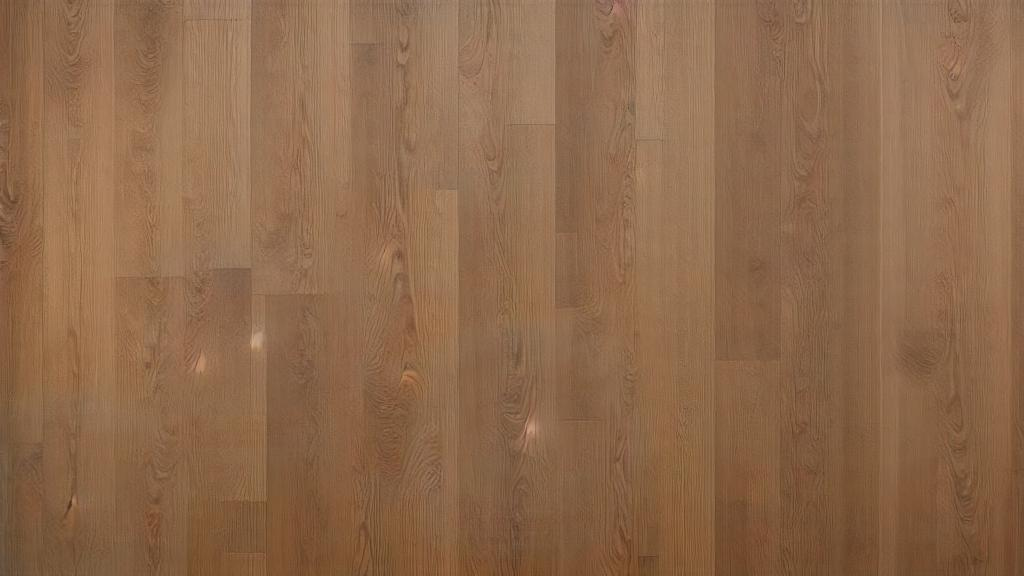Introduction
Water damage is a homeowner’s nightmare, especially when it affects hardwood floors. The potential consequences range from warping and mold growth to a significant decrease in property value. However, with prompt and proper action. It’s possible to mitigate the damage and restore your wood floors to their former glory. In this guide, we’ll explore the signs of water damage. Step-by-step repair methods, and preventive measures to safeguard your hardwood floors.
1. Signs of Water Damage on Hardwood Floors
Before diving into the repair process, it’s essential to identify the signs of water damage:
- Odor: A musty smell emanating from beneath the wood floor can indicate moisture or mildew growth.
- Crowning: This occurs when moisture content is higher at the top of the floor, leading to swelling and deformation.
- Staining and Discoloration: Water exposure can cause visible stains and discoloration on the surface of wood floors.
- Buckling: Hardwood floor buckling is a common consequence of water damage, resulting in warped and uneven surfaces.
- Lifting Nails and Floorboards: Excess moisture can weaken the adhesive properties of flooring materials, causing nails and floorboards to lift.
Also Read: Water Woes: A Comprehensive Guide to Dealing with Water Damage to Wood Floors
2. Assessing the Extent of Damage
Once you’ve identified signs of water damage, it’s crucial to assess the extent of the damage. Determine the source of water intrusion and evaluate the affected area’s severity. If the damage is extensive or involves contaminated water, consider seeking professional assistance to ensure thorough cleanup and restoration.
3. Repairing Water-Damaged Wood Floors
- Step 1: Stop the Water Source: Before initiating repairs, address the root cause of water intrusion. Whether it’s a leaky pipe, roof damage, or flooding.
- Step 2: Remove Wet Objects and Dry Floors: Swiftly remove any wet objects from the affected area and use towels, rags, or a wet vacuum to extract standing water from the wood floors.
- Step 3: Clean Your Floors: Thoroughly clean the wood floors to remove any dirt, debris, or contaminants that may exacerbate damage.
- Step 4: Dry As Much As You Can: Utilize fans, dehumidifiers, and proper ventilation to accelerate the drying process and prevent mold growth.
- Step 5: Look for Mold: Inspect the area for signs of mold growth and address any mold remediation needs promptly to prevent further damage.
4. Preventive Measures to Protect Wood Floors from Water Damage
To safeguard your hardwood floors from future water damage, consider implementing the following preventive measures:
- Use Rugs and Mats: Place rugs and mats at entryways and high-traffic areas to trap dirt and moisture before it reaches the wood floors.
- Regular Inspections: Routinely inspect your home for potential water leaks, damaged pipes, or roofing issues that could lead to water intrusion.
- Maintenance: Seal hardwood floors periodically to enhance water resistance and prolong their lifespan.
- Address Engineered Wood Floor Concerns: If you have engineered wood flooring, be aware of its susceptibility to water damage and take appropriate precautions to prevent and address issues promptly.

5. Frequently Asked Questions About Wood Floor Water Damage
Q: How to Treat Water Damaged Wood Floors? A: Remove furniture, clean the affected area with a soap and water solution and ensure thorough drying to mitigate damage.
Q: How do you remove old water stains from hardwood floors? A: Use a mixture of vinegar and baking soda to gently remove old water stains from wood floors.
Q: What happens when water gets under hardwood floors? A: Water seeping under hardwood floors can cause damage, including warping, cupping, and mold growth.
Q: Does wet subfloor need to be replaced? A: Wet subfloors should be replaced if they are damaged or at risk of mold growth due to water exposure.
Also Read: Water Damage Charlotte: Navigating Restoration Services in The Queen City
Conclusion
Water damage to wood floors can be distressing, but with timely intervention and proper repair techniques. You can mitigate the effects and restore your floors to their original condition. By understanding the signs of water damage, implementing preventive measures, and addressing issues promptly. You can protect your hardwood floors and preserve the beauty and value of your home for years to come.










